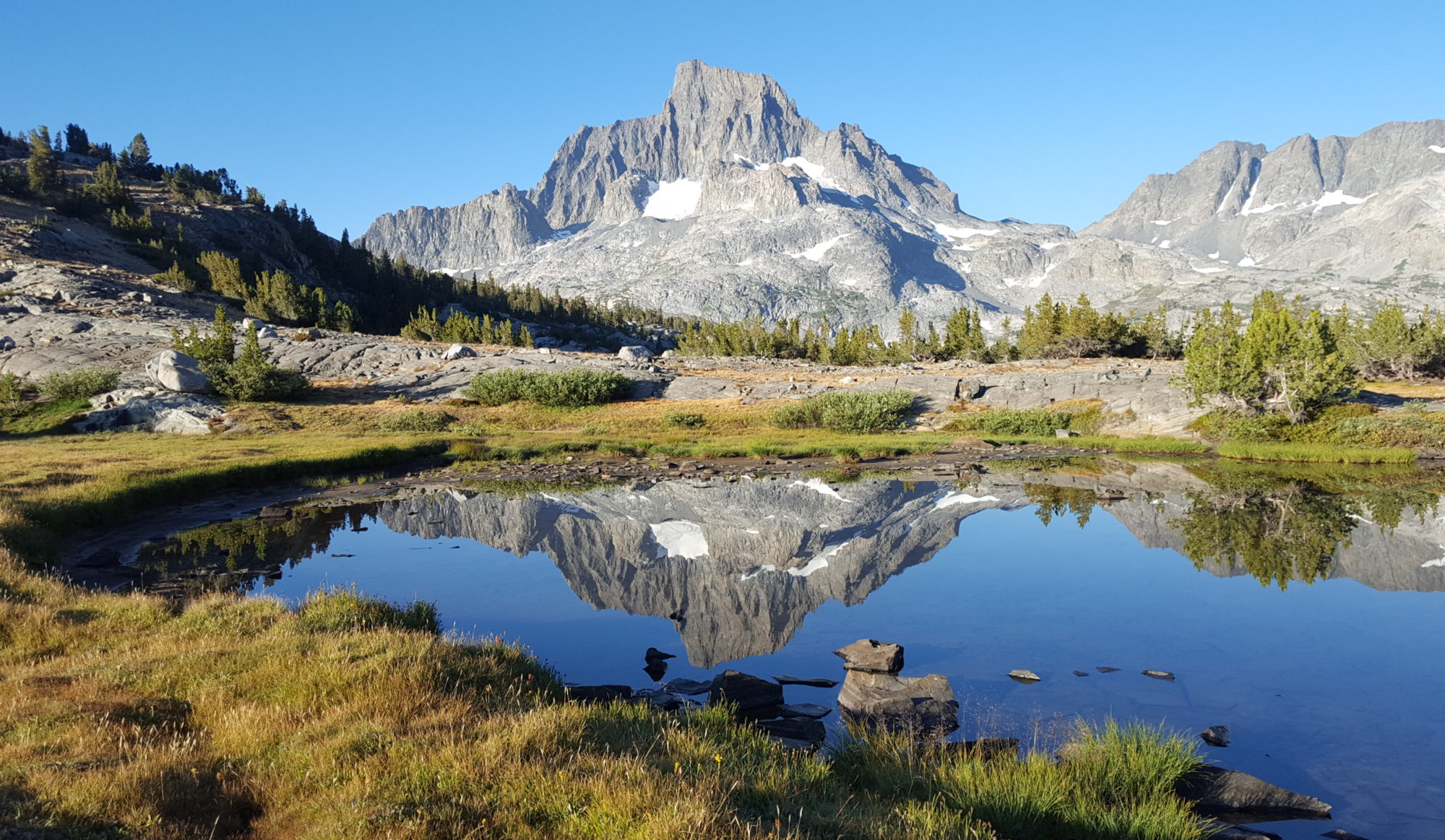On our way south, we travelled through the cities of Rovinj and Pula before carving our way inland to explore Plitvice lakes (Plitvička jezera) national park. Our road trip was filled with history lessons and beautiful waterfalls, an excellent introduction to Croatia.
The ancient cities of Istria
Rovinj and Pula are in Istria, an ancient region once part of the Roman empire, and known for its production of olive oil and wine. Clusters of red-roofed buildings are built on capes, surrounded by the warm turquoise waters of the Adriatic sea. The streets are made of limestone, polished clean by hundreds of years of pedestrians and weather. We explored the old city centers on foot, imagining generations of humans walking the same streets.


In Pula, we visted an enormous arena, one of the most intact artifacts of Roman rule. As I walked onto the sands of the central oval, I imagined the cheers of a thousand people as a gladiator may have experienced prior to meeting their fame or demise. Something about the apparent permanence of these ancient structures strikes a chord in the human psyche. A melody from the past resonating through time.

Exploring the waterfalls of Plitvice lakes
After our travel through time, we drove to Plitvice lakes national park which was recommended by several friends. Waking up early to avoid the crowds, we drove through a foggy valley, mysterious and sleepy. Cresting a pass between two valleys, we could see a sea of fog covering the landscape. We parked our car at the entrance to the park, and walked in excitedly.

As soon as we boarded the ferry that crosses the lake to the trails on the other side, we knew that this was going to be sweet. On the other bank, water was spilling over the vegetation, forming dozens of small falls. The boat docked and we were already giddy. Water in this region, rich with minerals, has pooled into lakes at several levels. Between levels, limestone created by the water acts as porous dams, letting the water through at several places at once. The waterfalls look like cliffs bursting at the seams with water, rock trying and failing to contain the lakes. The water is clear, tinged a light blue, and fish swim around the tufas growing from the lake beds and reeds. Throughout the park, the footpaths are beautifully designed and built. They immerse visitors to the park into the wonderland.




While we were deep in the park, the crowds arrived. By the time we got back to the entrance, people were everywhere. Satisfied with our morning discoveries, we headed away from the park for the day. In the afternoon, we took a tour of one of the hundreds of caves in the region. After another great night of sleep in our van, we repeated our early morning routine to see the other half of the park. An enormous cascade welcomes visitors to the park, and we stood in its midst, happy as clams.


After our second magical morning in the park, we drove away to Paklenica, the national park famous for its climbing. We found a spot for our hammock and took a nap.




Que hermosa descripción de un paseo tan mágico. Gracias por compartir! Adoro La naturaleza y la historia de la humanidad. Que ganas de ir algún día.
Super trip, nice photos 🙂
congrats !